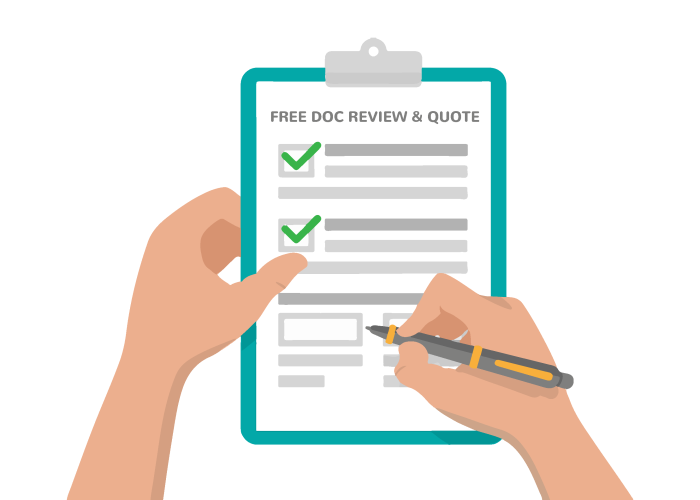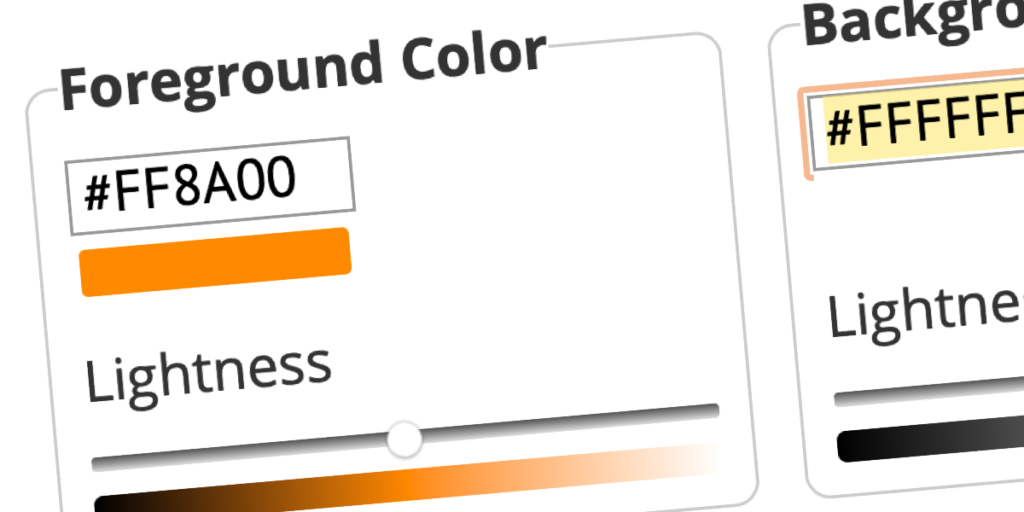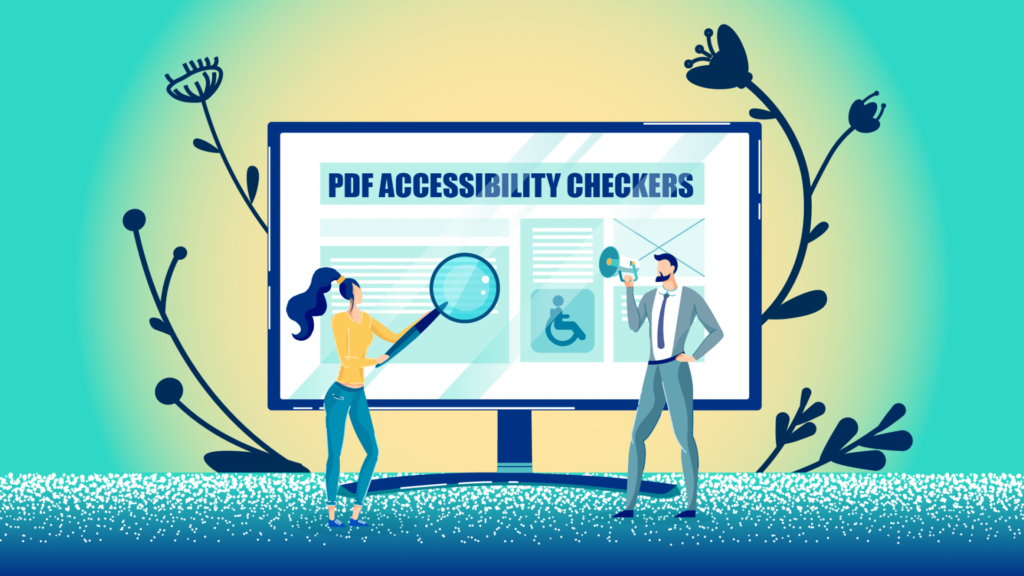Government agencies exist to serve the public. So when a blind constituent can’t find and read or fill out tax forms, ordinances, victims’ rights information, community bulletins, or other documents stored as PDFs, the government agency isn’t serving the public well. Files are often stored as PDFs because of their ease of use and unchangeable format, but PDFs are often inaccessible to people who use assistive technology to access digital information.
Many agencies struggle with PDF accessibility because they’re constantly updating and adding PDFs, and often don’t have the staff or expertise to make all those PDFs accessible. The right solution can make the job fast and efficient for agencies of all sizes.
Why PDF Accessibility for Government Documents Matters
Constituents need to be able to access public information so they can independently participate in society and also gain access to the services they need. Often, forms for taxes or social benefits require sensitive information like income or disability details. When the PDFs are inaccessible, people must then ask someone else to help them fill out the information, meaning they must share this private information. This not only takes away their independence and privacy, it also violates legal requirements.
Accessibility is a legal requirement for all government agencies, at the federal, state, and local levels. The Americans with Disabilities Act (ADA) Title II covers state and local government agencies, and Section 508 of the Rehabilitation Act mandates digital accessibility at the federal level. Compliance with these laws helps ensure that governments meet their obligations to provide equal access to all citizens. Failure to comply can lead to lawsuits, fines, and public distrust.
Legal Framework: ADA and Section 508
- ADA (Americans with Disabilities Act): The ADA ensures individuals with disabilities have equal access to government services, including digital content. Courts have interpreted this to apply to websites and PDFs, requiring that they be accessible.
- Title II of the ADA, which specifically applies to state and local government entities, has recently been updated by the Department of Justice to specify WCAG 2.1 as the standard by which their digital content must be accessible.
- Section 508 of the Rehabilitation Act: Section 508 specifically mandates that electronic and information technology used by the federal government must be accessible to people with disabilities. It lists very clear requirements which federal government agencies must follow to achieve digital accessibility. It also applies to organizations that receive federal funding. Many state and local governments have adopted similar standards to ensure compliance. Non-compliance can lead to serious legal and ethical consequences.
Common Barriers in PDF Accessibility
Several common barriers prevent PDFs from being fully accessible:
- Lack of Text Recognition (OCR): PDFs that are scanned images rather than readable text are inaccessible to screen readers unless Optical Character Recognition (OCR) is applied.
- Improper Heading Structures: PDFs without proper heading structures make it difficult for screen readers to navigate content logically.
- Inaccessible Tables and Forms: Tables and forms that lack proper tags and labels are often unreadable by assistive technologies.
- Missing Alt Text for Images: Images, graphs, and other visuals without alternative text leave users without critical information.
- Incorrect Language Settings: Incorrect document language settings can confuse screen readers, especially for multilingual content.
The Right Solution Makes Compliance Easy
The most efficient way to accomplish all these PDF accessibility goals is to choose a solution that suits the needs of your organization. RemDoc’s PDF Remediation Service is the simple and reliable solution to make compliance easy.
Accessible Government PDFs Benefit Everyone
PDF accessibility is essential for ensuring that all citizens can access and understand government documents. By following accessibility best practices, government agencies can meet legal obligations under the ADA and Section 508, promote inclusivity, and foster greater transparency. Accessible PDFs are not just a legal requirement; they reflect a commitment to equity and public trust.





